The Henry VII-era house that was dismantled piece by piece and shipped to the USA
Agecroft Hall, near Manchester, didn't meet the same miserable end as some of Britain's other country homes. Instead, it was shipped to the USA and repurposed as a museum.
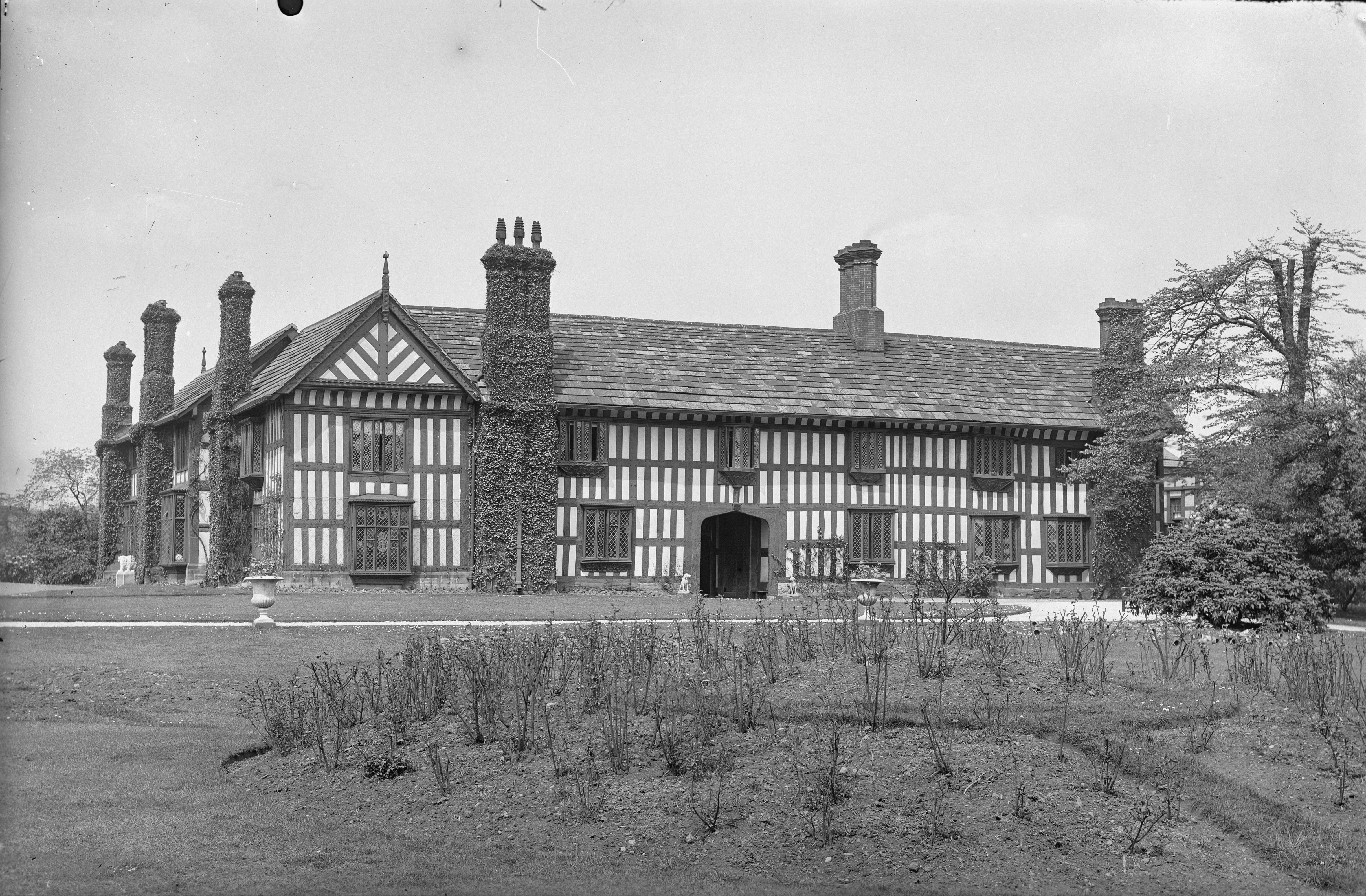

In the February 6, 1926 edition of Country Life, an architectural writer was mourning to loss of yet another country home: ‘Manchester has lost Agecroft, just as London is losing Waterloo Bridge, because of the apathy of the great mass of inhabitants, who, in plain words, do not deserve fine buildings’.
The striking traditional timber hall, built in the era of Henry VII, had been photographed for the magazine in 1902 by its original photographer, Charles Latham, himself an aged and somewhat gnarly Lancastrian by all accounts.
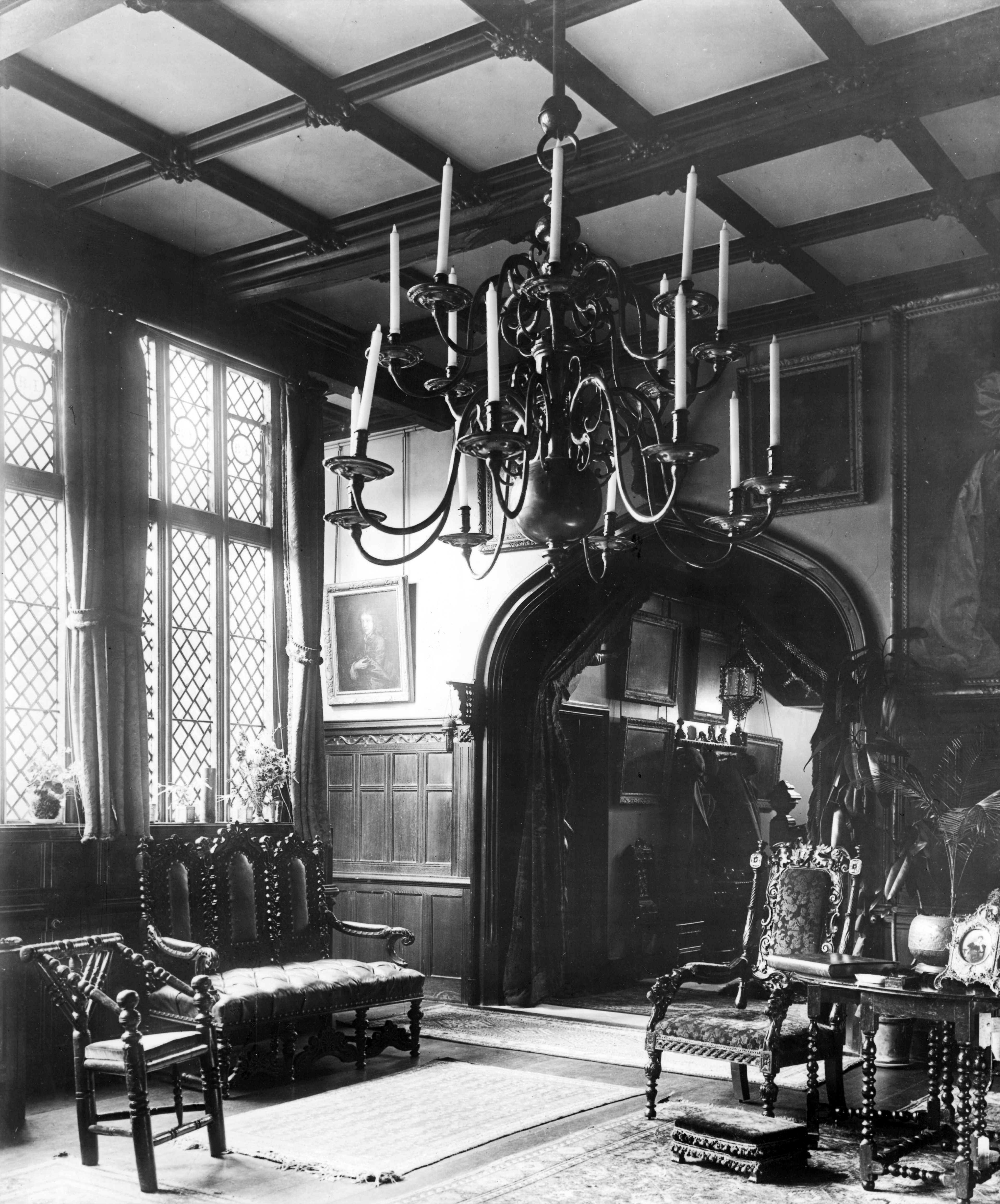
By the mid 1920s, Agecroft Hall was in a perilously similar state to London's Waterloo Bridge — which shut in 1924 and was later demolished and rebuilt.
His beautiful photographs of the hall — shown here — capture an already-lost era of wood paneling, carved furniture and creaking beams, which, by the 20th century, stood incongruously in the shadow of the rapidly expanding industrial heartland of Manchester.
The accompanying text tries to cover over the inevitable fate of the beautiful black and white house, talking of ‘dead oaks, which have been killed, it is said, by smoke and fumes’, and how fortunate it is that a close by pond has been: ‘formed by the sinking of the ground, owing to coal mines below’. It all sounds rather Monty Python: ‘just a flesh wound’.
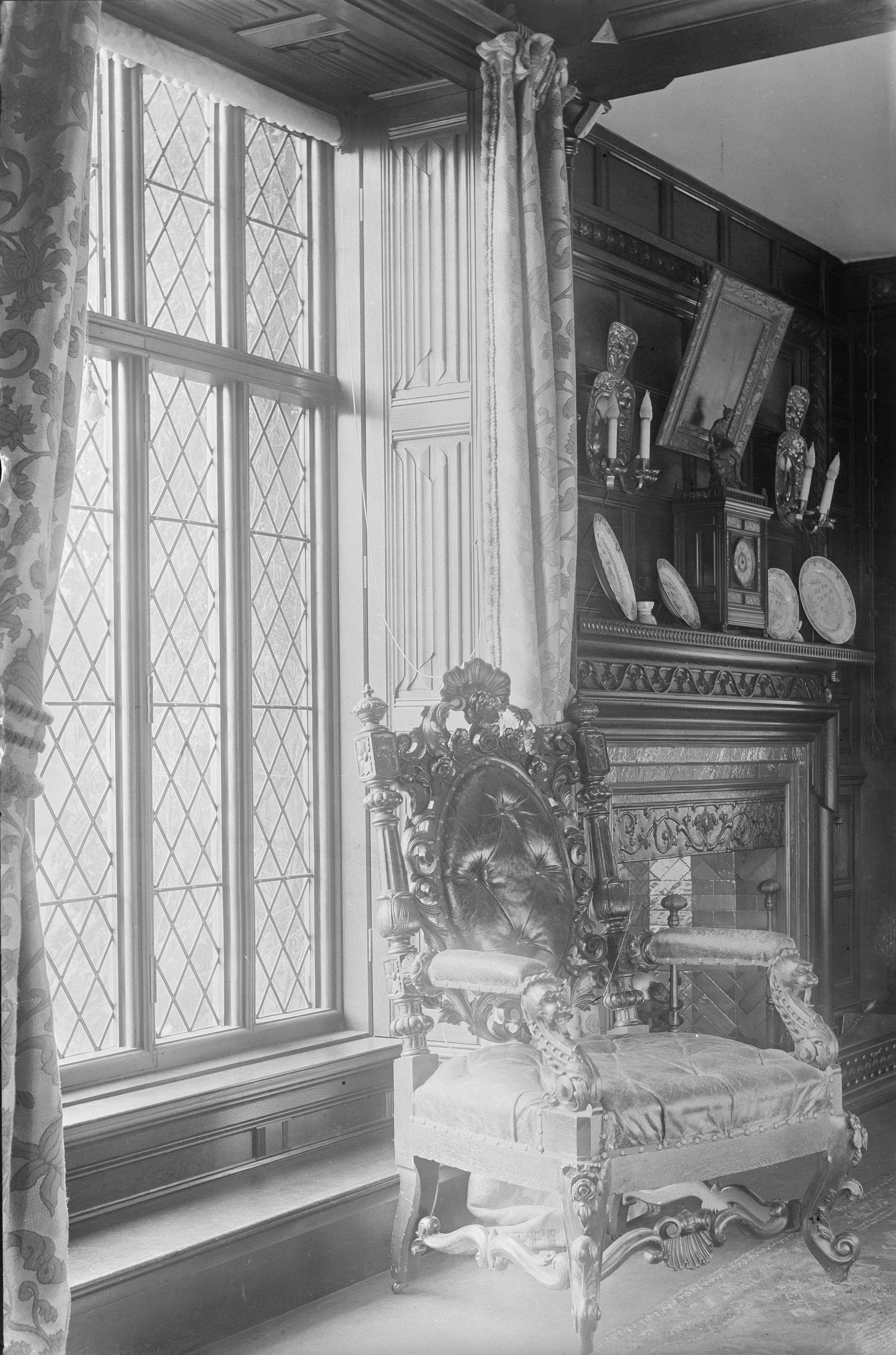
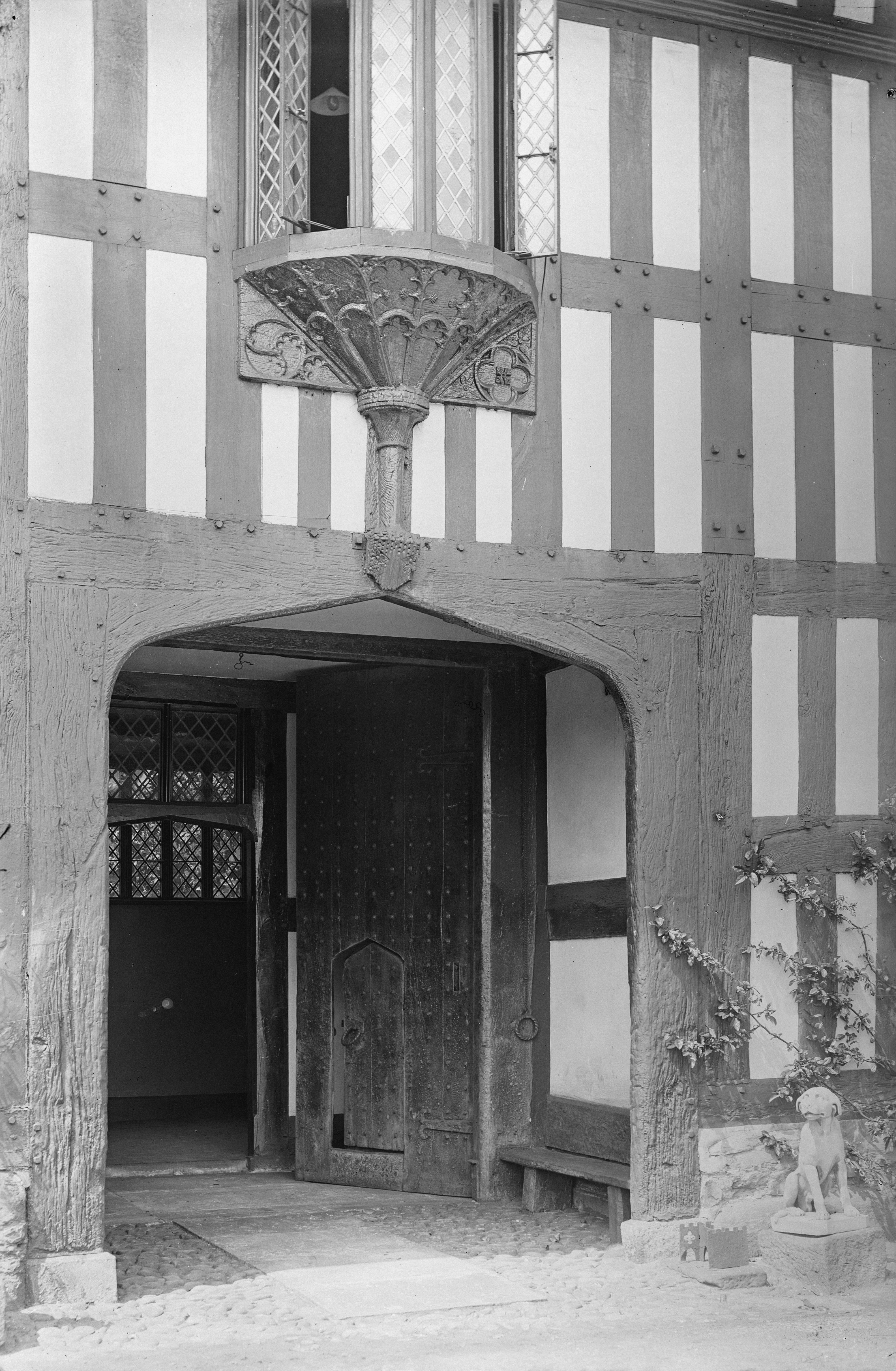
The family held on to their ancestral home as long as they could, but by 1925 the writing was firmly on the decaying walls. The house was sold, but for once at least, not completely destroyed. Dismantled piece by piece, Agecroft Hall was shipped to the USA for one Thomas C. Williams, who used the fabric to create his own, scaled down, steel framed version of the property, complete with 20th century conveniences such as garages and bathrooms.
A post shared by Agecroft Hall & Gardens (@agecrofthallgardens)
A photo posted by on
Williams’s re-imagination of Agecroft still stands to this day in Richmond, Virginia, where it serves its new community as a museum and gardens.
Exquisite houses, the beauty of Nature, and how to get the most from your life, straight to your inbox.
The Country Life Image Archive contains more than 150,000 images documenting British culture and heritage, from 1897 to the present day. An additional 50,000 assets from the historic archive are scheduled to be added this year — with completion expected in Summer 2025. To search and purchase images directly from the Image Archive, please register here.
Williams’s re-imagination of Agecroft still stands to this day in Richmond, Virginia, where it serves its new community as a museum and gardens.
The Country Life Image Archive contains more than 150,000 images documenting British culture and heritage, from 1897 to the present day. An additional 50,000 assets from the historic archive are scheduled to be added this year — with completion expected in Summer 2025. To search and purchase images directly from the Image Archive, please register here.
Melanie is a freelance picture editor and writer, and the former Archive Manager at Country Life magazine. She has worked for national and international publications and publishers all her life, covering news, politics, sport, features and everything in between, making her a force to be reckoned with at pub quizzes. She lives and works in rural Ryedale, North Yorkshire, where she enjoys nothing better than tootling around God’s Own County on her bicycle, and possibly, maybe, visiting one or two of the area’s numerous fine cafes and hostelries en route.
-
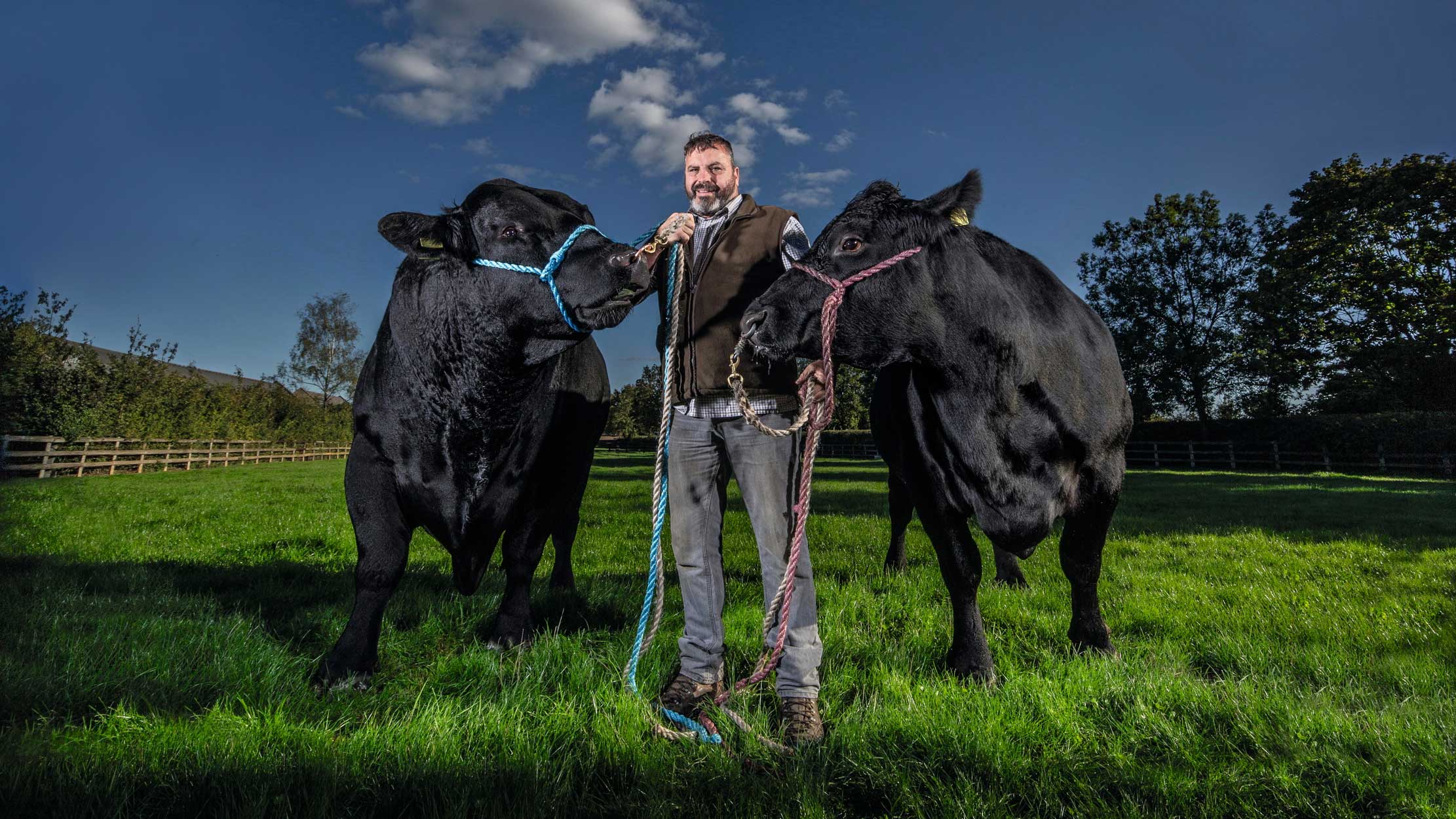 'Sir David Beckham came to see our cattle a couple of years ago. He was fascinated': The stockman at the Glympton Estate
'Sir David Beckham came to see our cattle a couple of years ago. He was fascinated': The stockman at the Glympton EstateTrevor Kirk, a Scottish stockman who now tends the Aberdeen Angus herd on the Glympton Estate in Oxfordshire, is one of Sir David Beckham's rural heroes in the special guest-edited issue of the magazine. He spoke to Julie Harding.
-
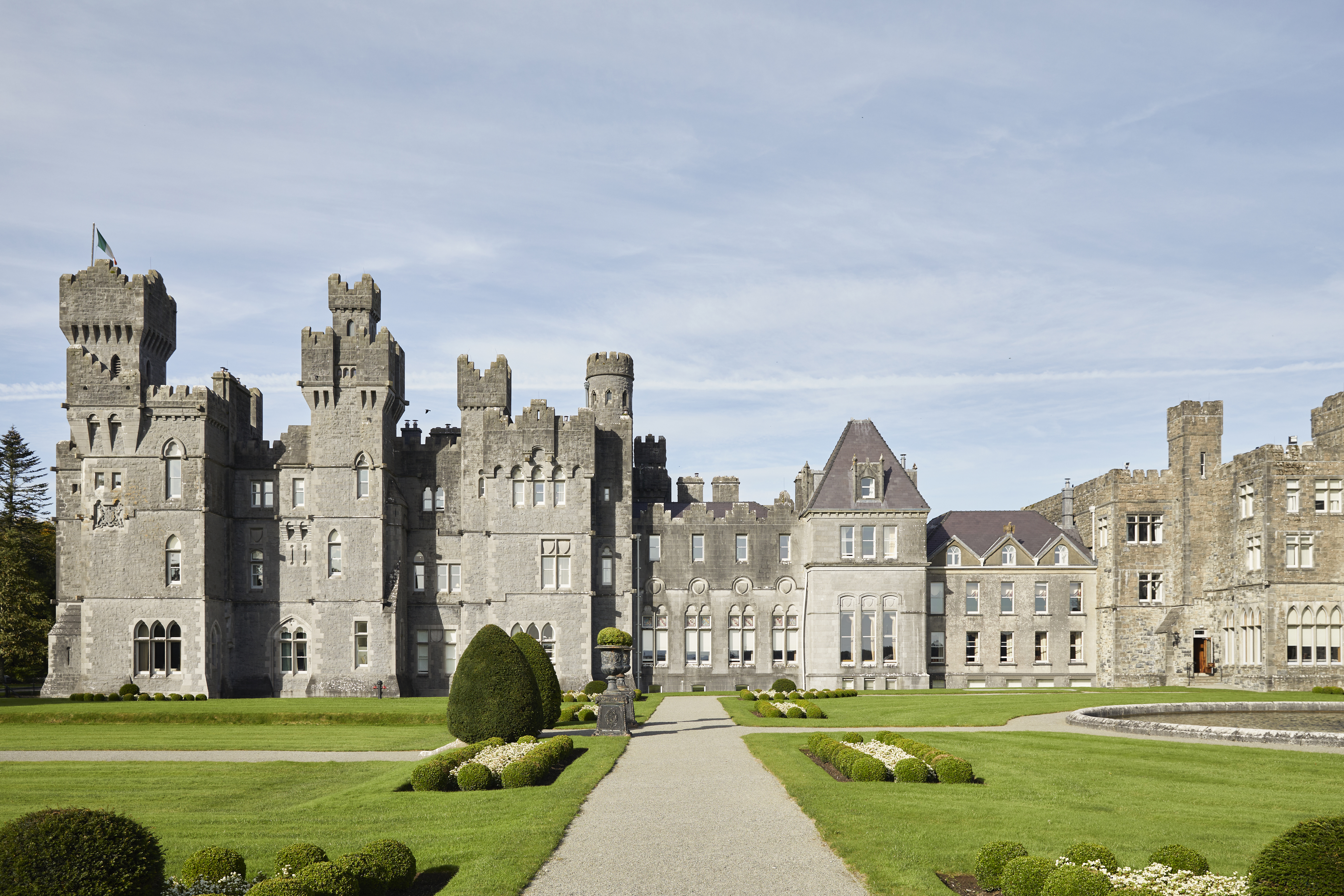 Ashford Castle review: The fantastic five-star hotel in Ireland that the Guinness family once used to show off their wealth and influence
Ashford Castle review: The fantastic five-star hotel in Ireland that the Guinness family once used to show off their wealth and influenceYou’ve seen ‘The House of Guinness’ — well here’s the castle.
-
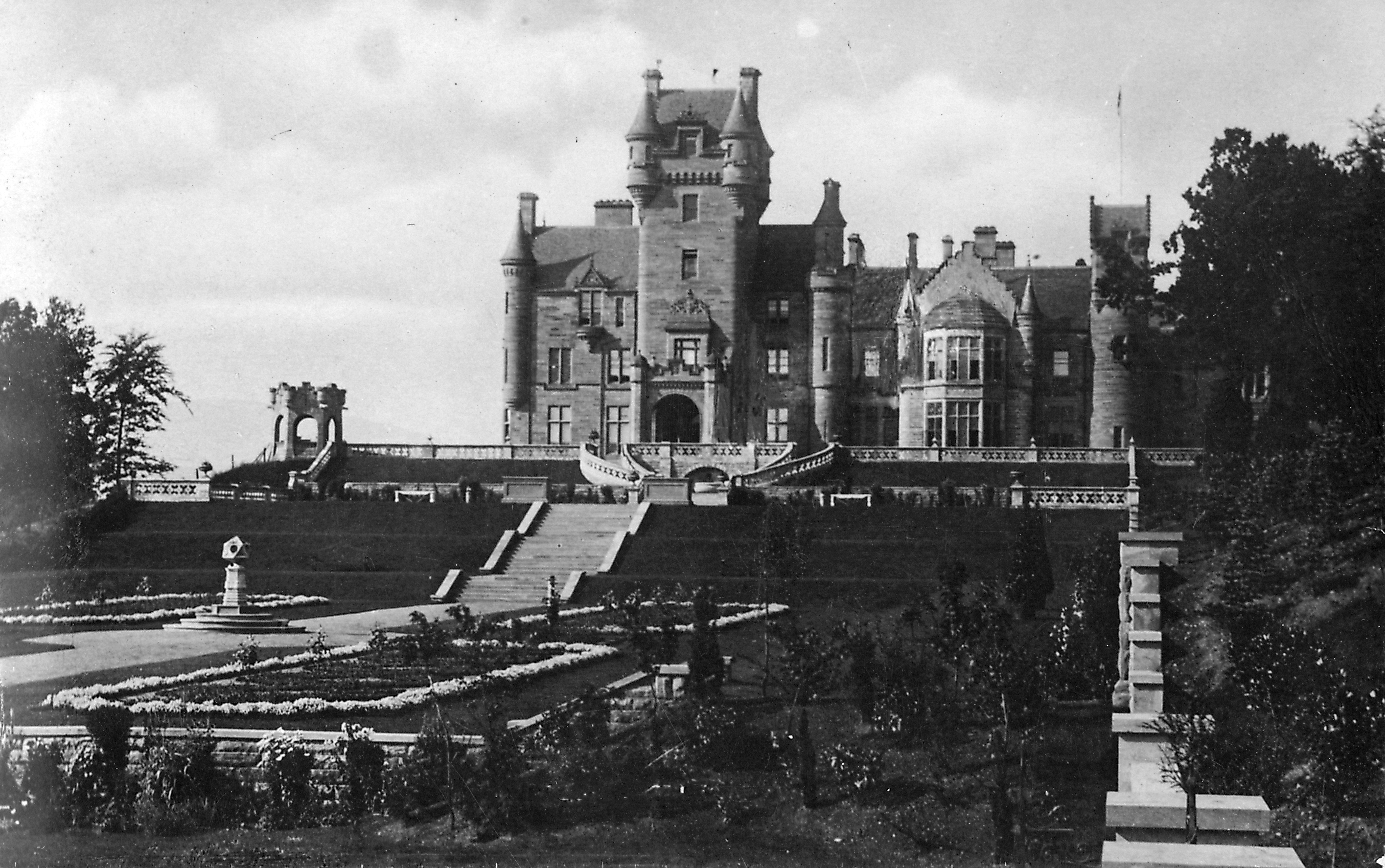 Where is 'The Traitors' filmed? Inside a storied Scottish castle that was sold via the pages of Country Life three times
Where is 'The Traitors' filmed? Inside a storied Scottish castle that was sold via the pages of Country Life three timesMelanie Bryans delves into the Country Life archives and uncloaks the history of the turreted Highland castle made famous by the global TV franchise, 'The Traitors'.
-
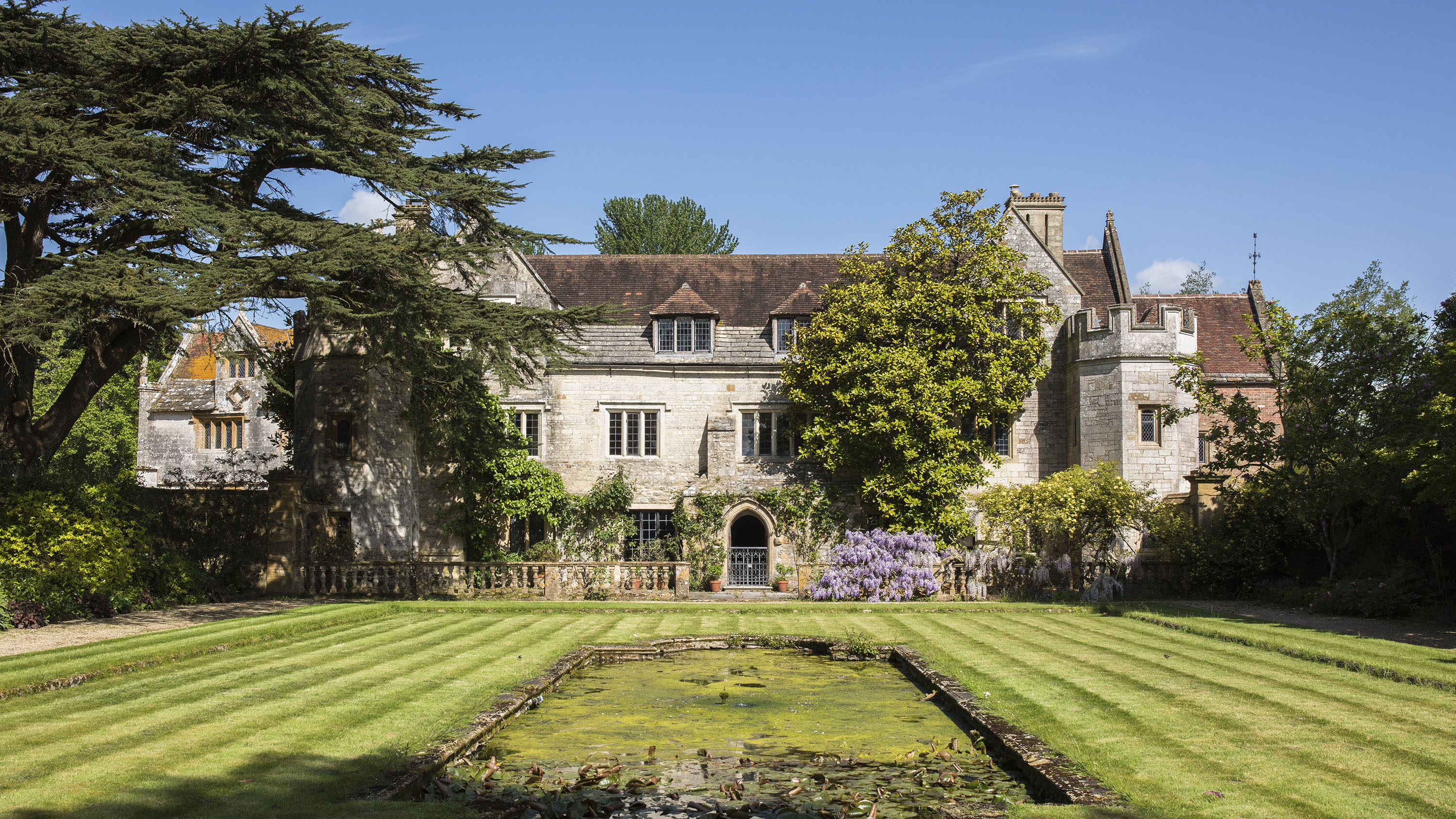 Stefan Pitman: Making great country houses cost less to heat than a suburban semi
Stefan Pitman: Making great country houses cost less to heat than a suburban semiThe trailblazing architect Stefan Pitman — founder of SPASE — joins the Country Life Podcast.
-
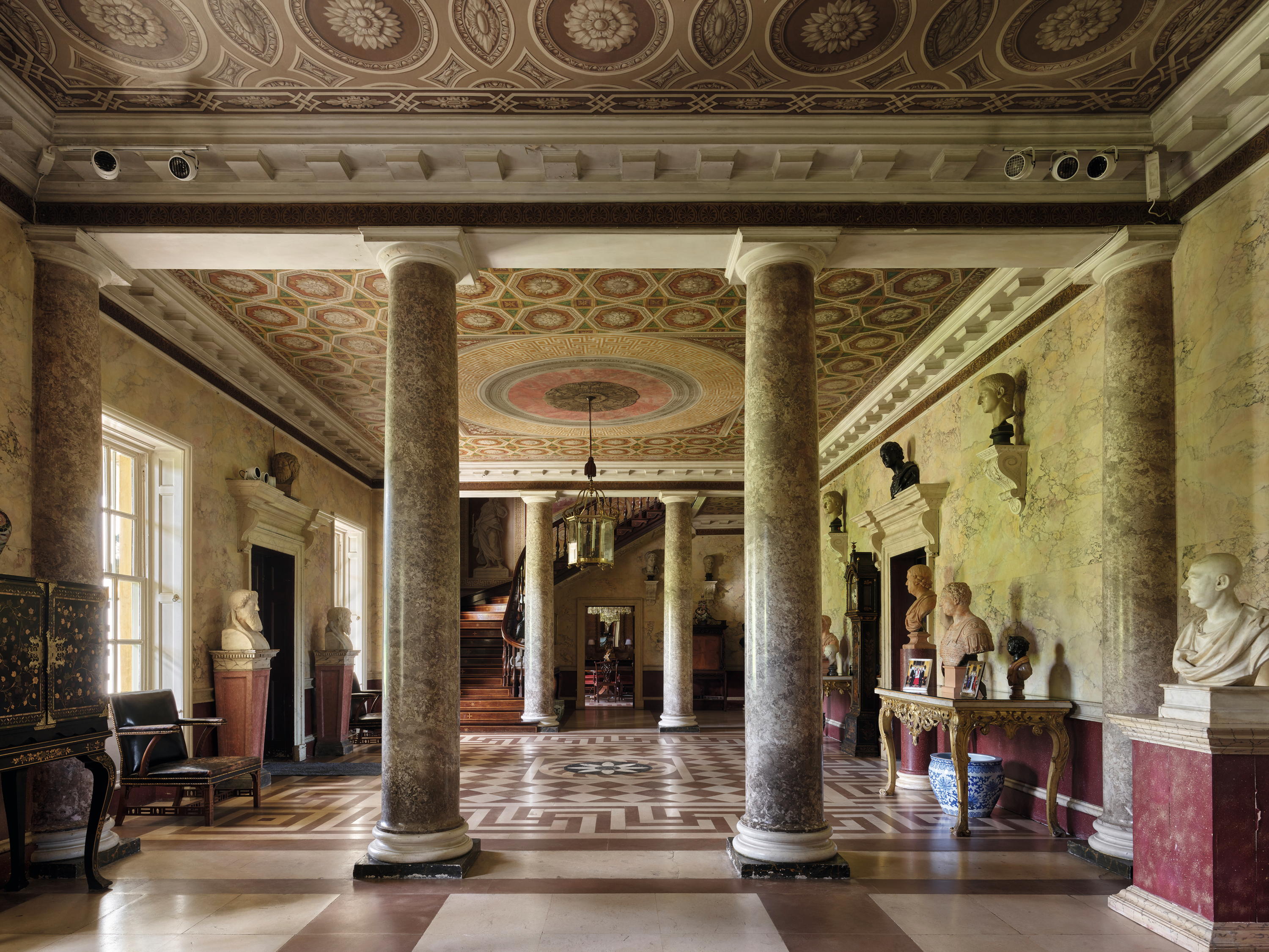 The great house that is 'one of the most compelling products of Britain’s 18th-century love affair with Antiquity'
The great house that is 'one of the most compelling products of Britain’s 18th-century love affair with Antiquity'John Goodall looks at the sources of inspiration behind the design for the magnificently idiosyncratic West Wycombe Park in Buckinghamshire.
-
 Say goodbye to the traditional ski shop and hello to the 'boot room of the future' — as reimagined by Norman Foster
Say goodbye to the traditional ski shop and hello to the 'boot room of the future' — as reimagined by Norman FosterThe British architect has completed the first phase of a major transformation at the Kulm Hotel in St Moritz.
-
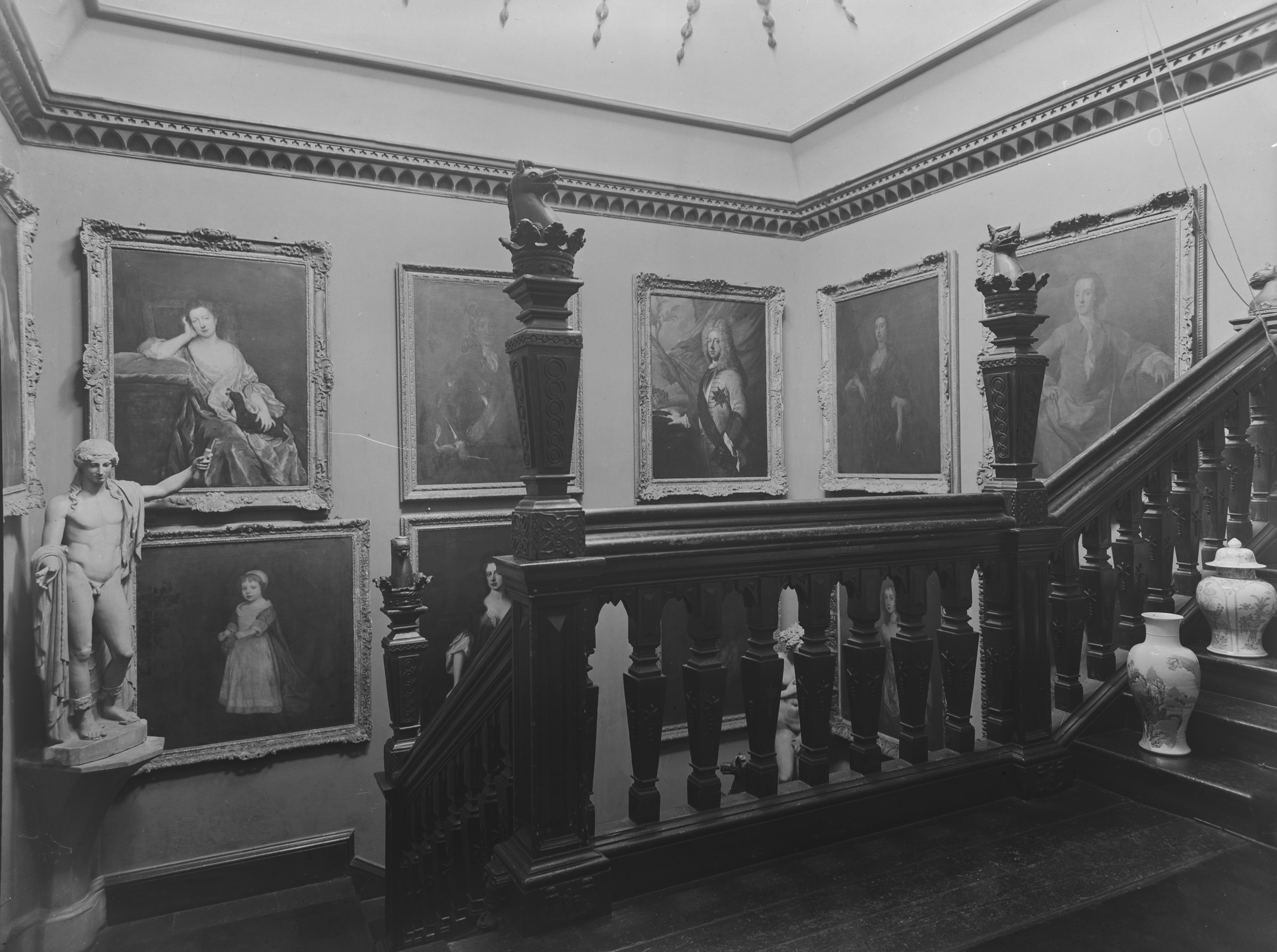 The unfortunate case of the Tudor estate that was bombed, torn apart for firewood and then buried underneath a golf course
The unfortunate case of the Tudor estate that was bombed, torn apart for firewood and then buried underneath a golf courseFew houses have suffered a fate as protracted and violent as Belhus in Essex.
-
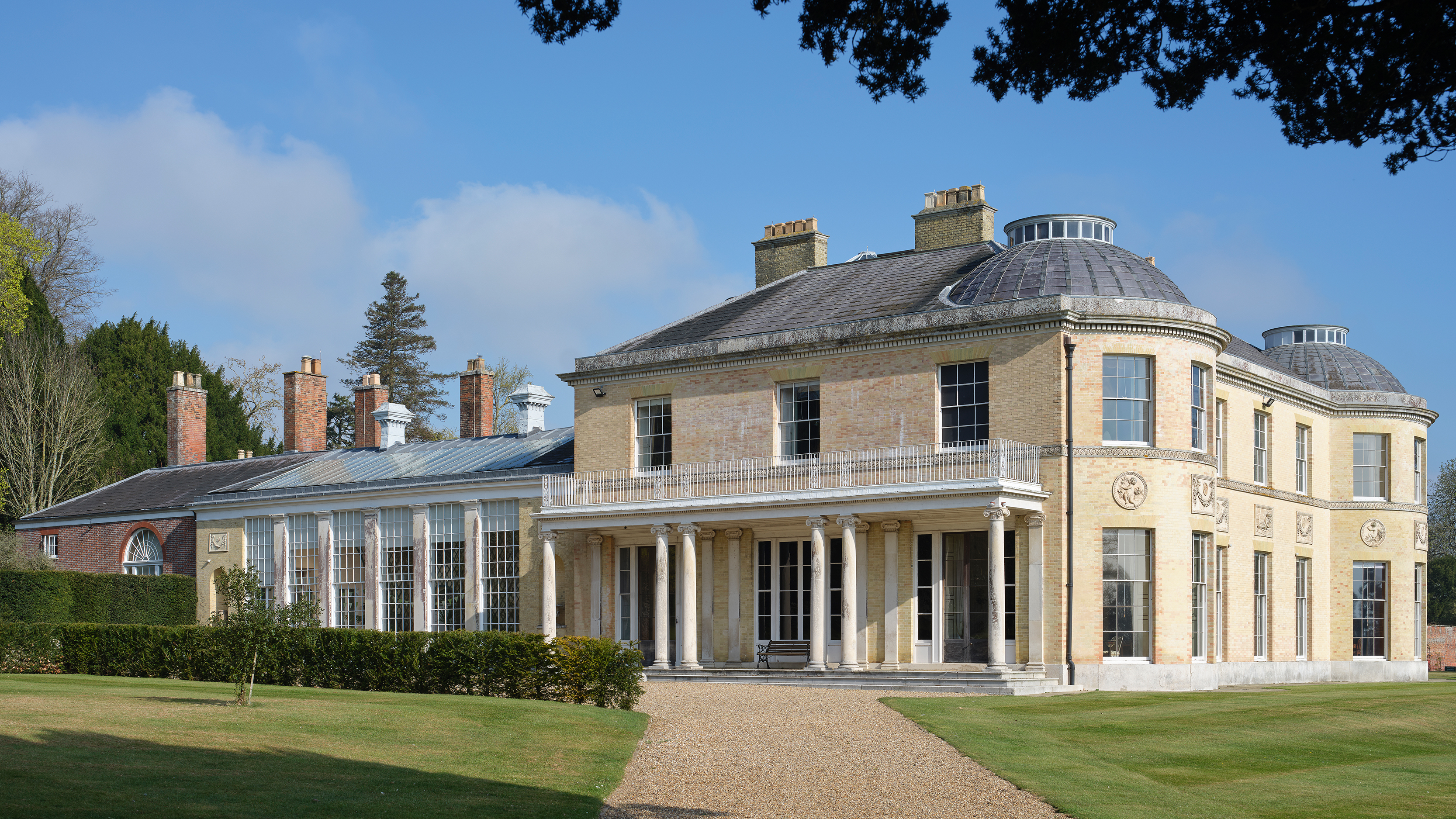 Belmont House: The 'jewel in Kent’s celebrated crown', created by a decorated soldier who was sent to prison and premature death by false accusations
Belmont House: The 'jewel in Kent’s celebrated crown', created by a decorated soldier who was sent to prison and premature death by false accusationsBelmont House in Kent is a Georgian creation rich in military associations, now run by a trust. Steven Brindle looks at its history and the remarkable architect responsible for its design; photographs by Will Pryce for Country Life.
-
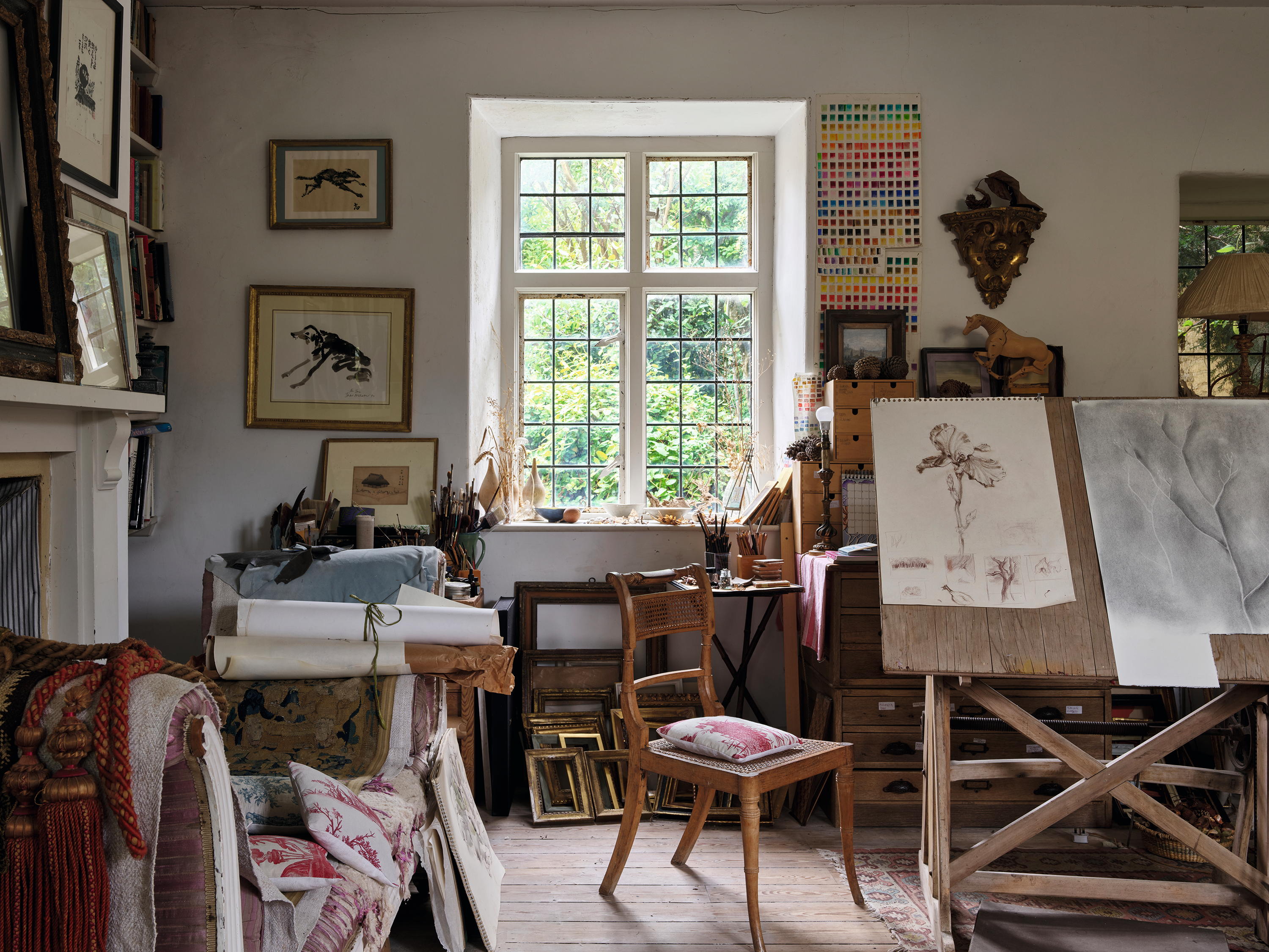 A derelict school turned into a gorgeous home with 'an interior of harmony and visual éclat'
A derelict school turned into a gorgeous home with 'an interior of harmony and visual éclat'Capel House in Badminton, Gloucestershire — the home of Gerald Harford and Jane MacEwen — is a fine 18th-century estate building with a remarkable history has been converted into a stylish home, as John Martin Robinson discovers. Photographs by Paul Highnam for Country Life.
-
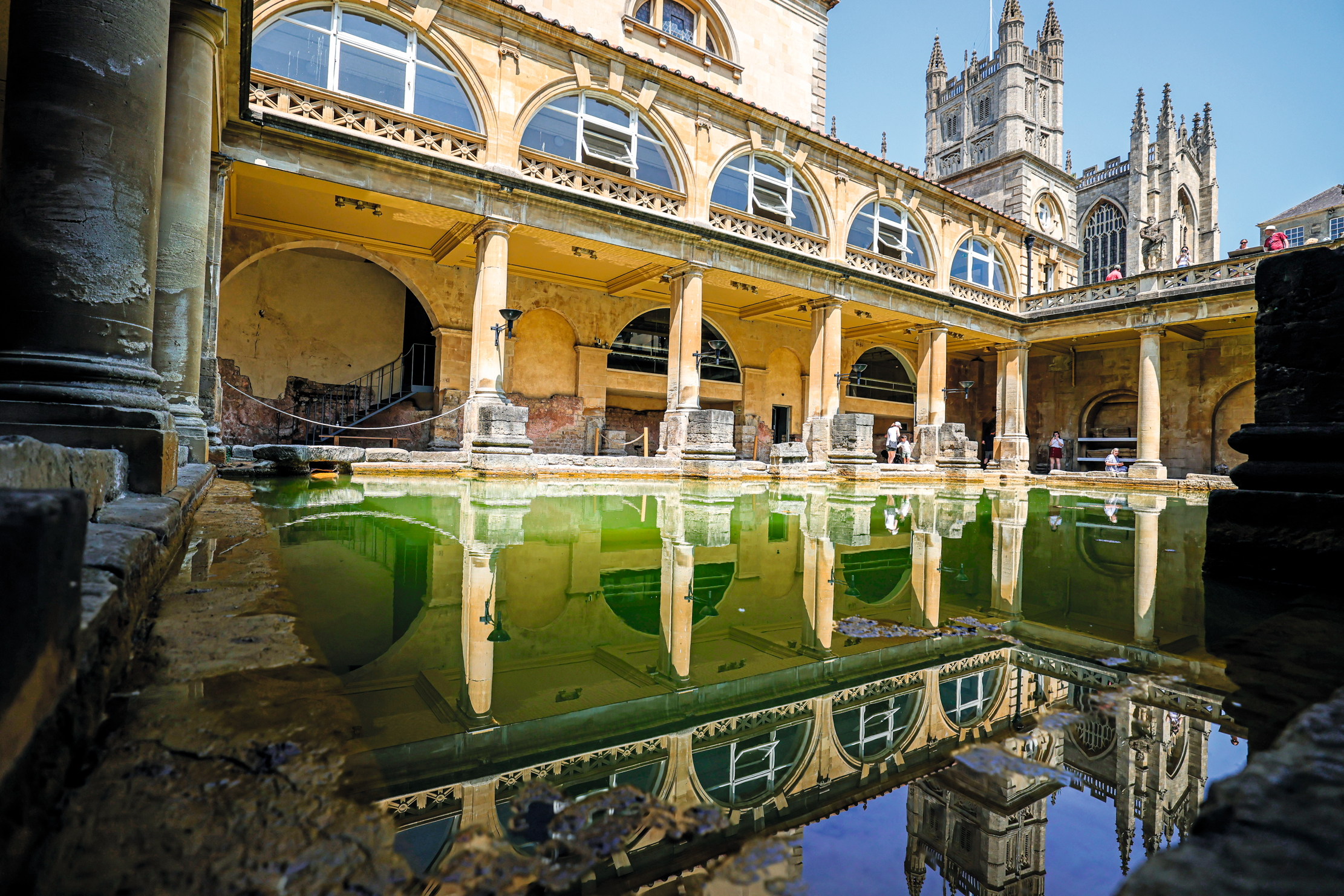 What have the Romans ever done for us? They made the Cotswolds Britain's beating heart
What have the Romans ever done for us? They made the Cotswolds Britain's beating heartThe confident and aggressive Romans brought savagery, great taste and efficiency to the Cotswolds, crowning Cirencester Britain’s second city
